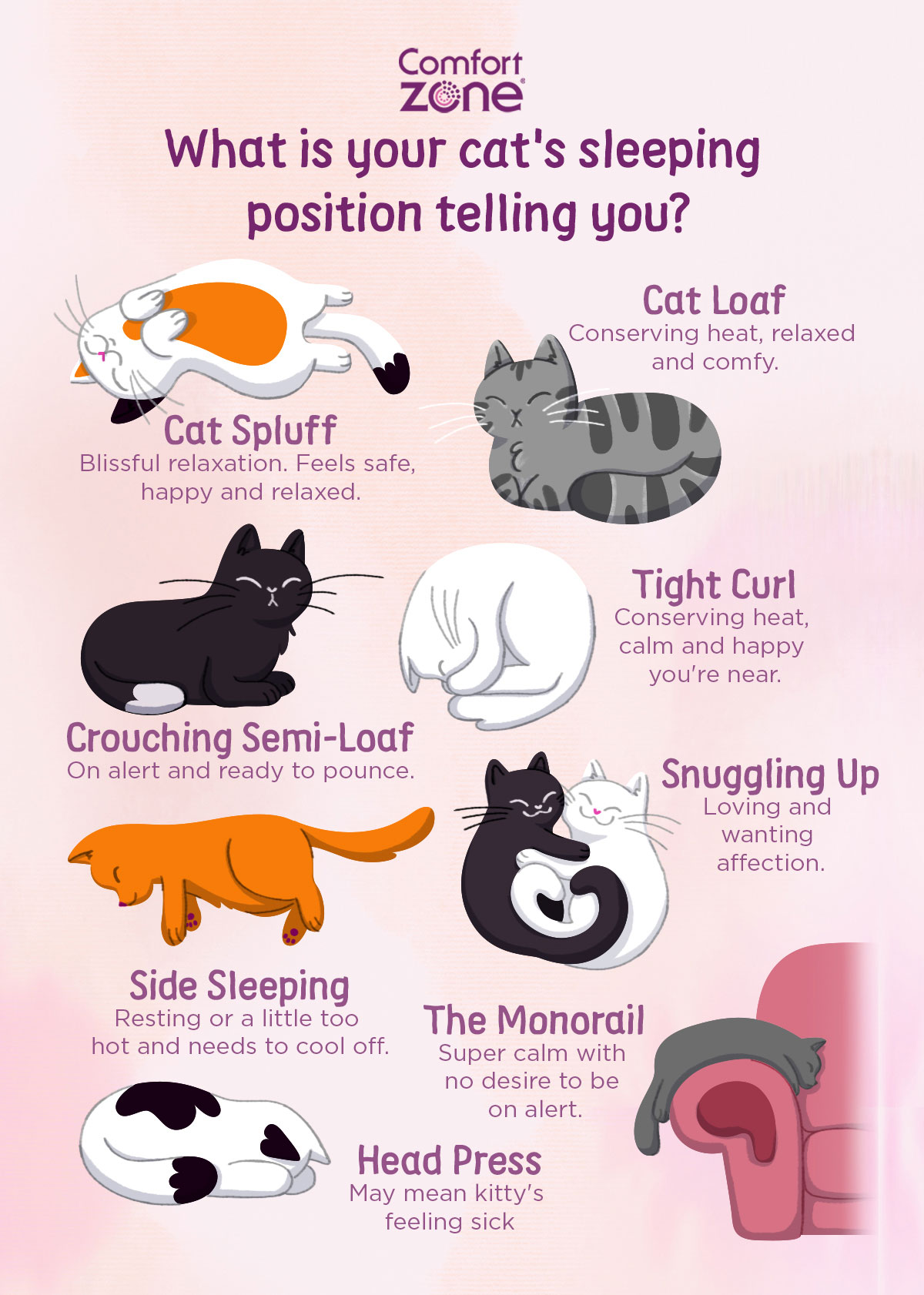Index Surge: Amplifying Your Insights
Stay updated with the latest trends and news across various industries.
Decoding Feline Whiskers: What Your Cat is Really Saying
Unravel the secrets of your cat's whiskers! Discover what your feline friend is really saying with every twitch and flick.
Understanding the Language of Whiskers: What Your Cat is Communicating
Understanding the language of whiskers is essential for any cat owner who wants to improve their relationship with their feline companion. Cats use their whiskers, or vibrissae, not only for navigation and measuring spaces but also as a crucial tool for communication. When your cat's whiskers are standing upright, it usually indicates curiosity or excitement. On the other hand, if the whiskers are pulled back against the face, it may signal fear or aggression. Recognizing these subtle cues can help you better interpret your cat's emotions and needs.
In addition to the position of their whiskers, pay attention to how your cat interacts with its environment. For instance, when your cat uses its whiskers to explore new objects, it shows a desire to investigate. If your cat's whiskers touch objects while they are playing or hunting, it's a sign that they are assessing their surroundings. Furthermore, you might notice that during moments of contentment, such as curling up next to you, their whiskers appear more relaxed and less engaged. Keen observation of these behaviors will help you understand the intricate language of your cat's whiskers.

Top 5 Signs Your Cat is Talking to You Through Their Whiskers
Understanding your cat's body language can be a fascinating aspect of pet ownership. One of the most intriguing ways that cats communicate is through their whiskers. These sensitive facial features not only help your feline navigate their environment but also serve as a form of emotional expression. Here are the top 5 signs your cat is talking to you through their whiskers:
- Whiskers Forward: When your cat's whiskers are angled forward, it typically indicates curiosity or excitement. They are actively engaging with their surroundings, and this can show that they are interested in you and what you are doing.
- Whiskers Pulled Back: If you notice your cat’s whiskers pulled back against their face, this could be a sign of fear or submission. It's their way of saying they feel threatened or defensive.
- Whisker Flicks: Quick, subtle movements of the whiskers may suggest agitation or playfulness. This can mean your cat wants to engage or is feeling a bit frisky.
- Relaxed Whiskers: Whiskers that are resting comfortably indicate a calm and content mood. If your cat approaches you with relaxed whiskers, they are likely seeking affection.
- Whiskers Tapping: If your cat's whiskers lightly touch objects as they navigate, it indicates their sensory exploration. They use this tactile feedback to understand their world better, and you might notice this especially when they approach you for interaction.
How Whisker Positioning Reflects Your Cat’s Mood and Intentions
The position of your cat's whiskers is a subtle yet crucial indicator of its mood and intentions. Whisker positioning can provide insights into how your feline friend is feeling, whether it be relaxed, curious, or defensive. For instance, when a cat is at ease, its whiskers will typically be relaxed and positioned forward, showcasing a state of comfort. In contrast, if the whiskers are pulled back against the face, it may indicate that the cat is feeling threatened or anxious. Understanding these signals can enhance your ability to connect with your cat on a deeper emotional level.
Moreover, paying attention to the whisker positioning can help you read your cat's intentions, especially in social situations. For example, a cat that is intrigued by its surroundings will often extend its whiskers forward, signaling curiosity and engagement. On the other hand, if your cat is showing signs of aggression or fear, the whiskers may appear stiff and angled outwards. By observing these subtle cues, you can create a more harmonious environment for your pet and respond appropriately to its needs.